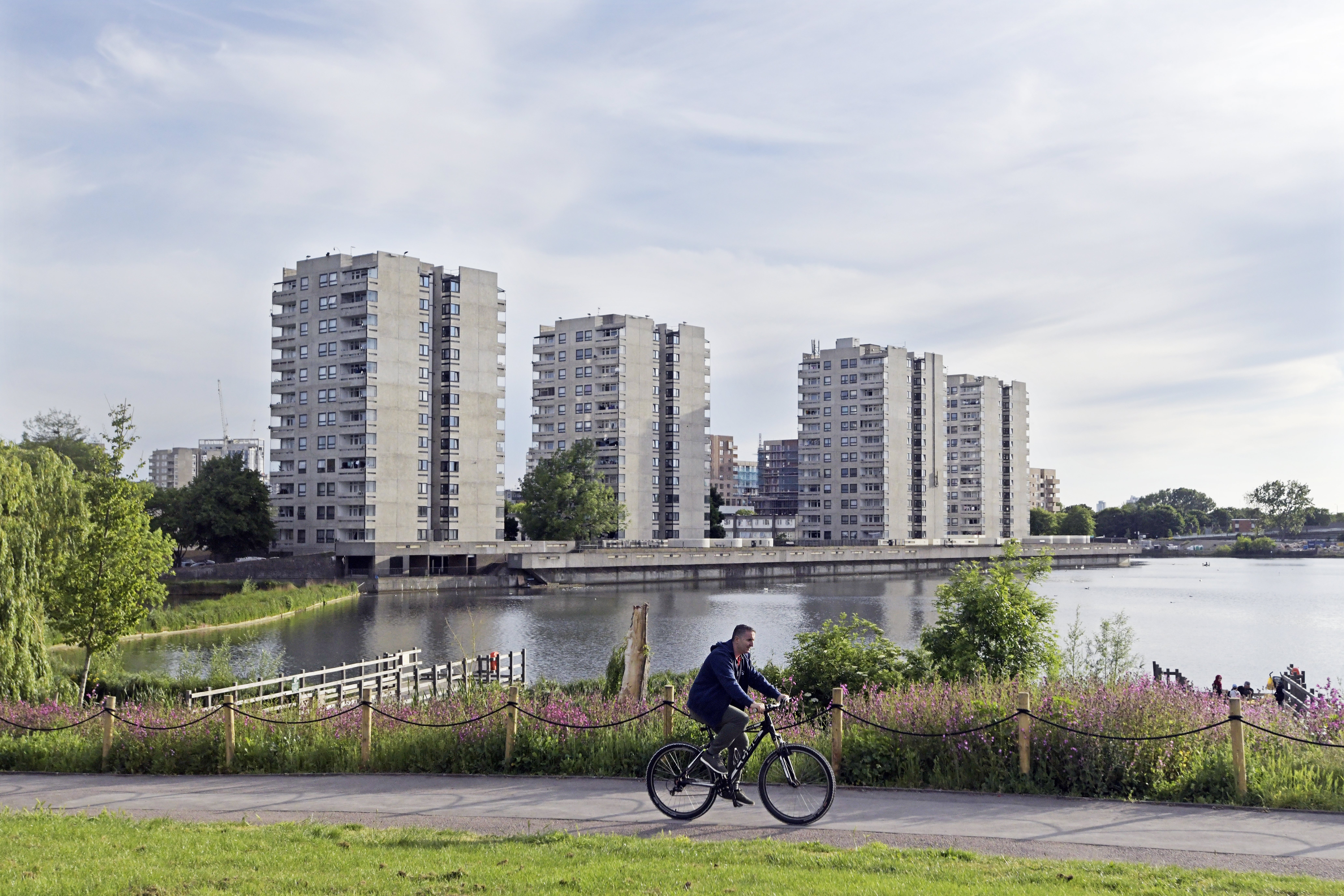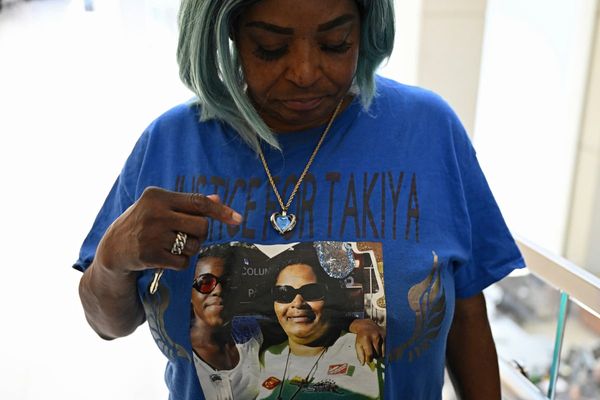
Earlier this month the Prime Minister promised to focus relentlessly on “delivery, delivery, delivery”.
As we approach a pivotal party conference season for Labour – just over a year after its election victory and as it attempts to get on the front foot after a series of mis-steps – the Government’s record of delivery is under scrutiny like never before.
Accelerating housebuilding – which both brings growth now through construction activity and, when the homes are built, through improved labour mobility and competitiveness – was a key plank of the Government’s election manifesto where it committed to delivering 1.5 million new homes across this Parliament, with London tasked with building 88,000 a year.
Now the new Secretary of State for Housing, Steve Reed MP, has recommitted to this target – telling housebuilders, in a call to arms, that he wants to “build baby build”.

This will require bold, radical action. In the first three months of the year, 23 out of London’s 33 boroughs recorded zero housing starts. The Government’s efforts to reform the planning system to date are very welcome but more needs to be done.
One of the most powerful ways of accelerating London’s housebuilding would be to designate new towns in the capital, following from the work of the Government’s New Towns Taskforce.
London may not be the first place that comes to mind for most people when asked to name a new town. Indeed, the 1946 New Towns Act actively sought to reduce housing shortages and congestion in the capital by moving people out beyond the green belt into places such as Stevenage and Milton Keynes.
But the Thamesmead estate in South East London – dubbed “a town of tomorrow” by the Greater London Council and built in the 1960s – was effectively a new town. Its architects envisioned the area as being home to 60,000 people but, despite significant development, these plans were never fully realised and today Thamesmead is home to around 45,000 Londoners. It is rightly one of the contenders for inclusion in the next generation of new towns.

Building new towns in London should be a no brainer given huge housing demand and chronic supply shortages in the capital. A recent BusinessLDN report highlighted how the city already has the political frameworks and range of sites needed to establish new settlements at speed, acting as a trailblazer for the rest of the country.
However, critical to delivering this programme of housebuilding is good public transport connectivity so that residents can get to and from their jobs, and access the city’s services.
Thamesmead is in SE28, which has the distinction of being one of only a few London postcodes without a train or London Underground station, and it is this poor connectivity that held development back. Extending the Docklands Light Railway (DLR) across the Thames to connect Thamesmead to the London’s tube and rail network will unlock the site’s potential and enable 25,000 new homes to be built. It would also support up to 10,000 new jobs and boost the economy regionally and nationally through the extension’s supply chains.
The challenge, however, when the public finances are so stretched, is how to pay for it. Despite warm words on the DLR extension in the Spending Review, there was no hard cash committed to make it happen. Fortunately, the capital has a proven track record of delivering infrastructure through innovative funding and financing models when it is given the powers to do so – as the Elizabeth line, Northern line extension to Battersea and Silvertown Tunnel all demonstrate.
Land value capture – using the increase in land value that comes from better infrastructure to pay for the infrastructure itself – is one key way of paying for new transport connections. In partnership with consulting firm WSP, we recently set out a proposal for how this model could raise billions to fund, not just the DLR, but also extending the Bakerloo line and creating the West London Orbital rail service.
Delivery will be the acid test for the Government’s second full year in power. For London that means tackling the housing crisis, improving transport connectivity and boosting growth. Backing new towns in the capital would help ministers to deliver, deliver, deliver on all three fronts.
John Dickie is chief executive of BusinessLDN







